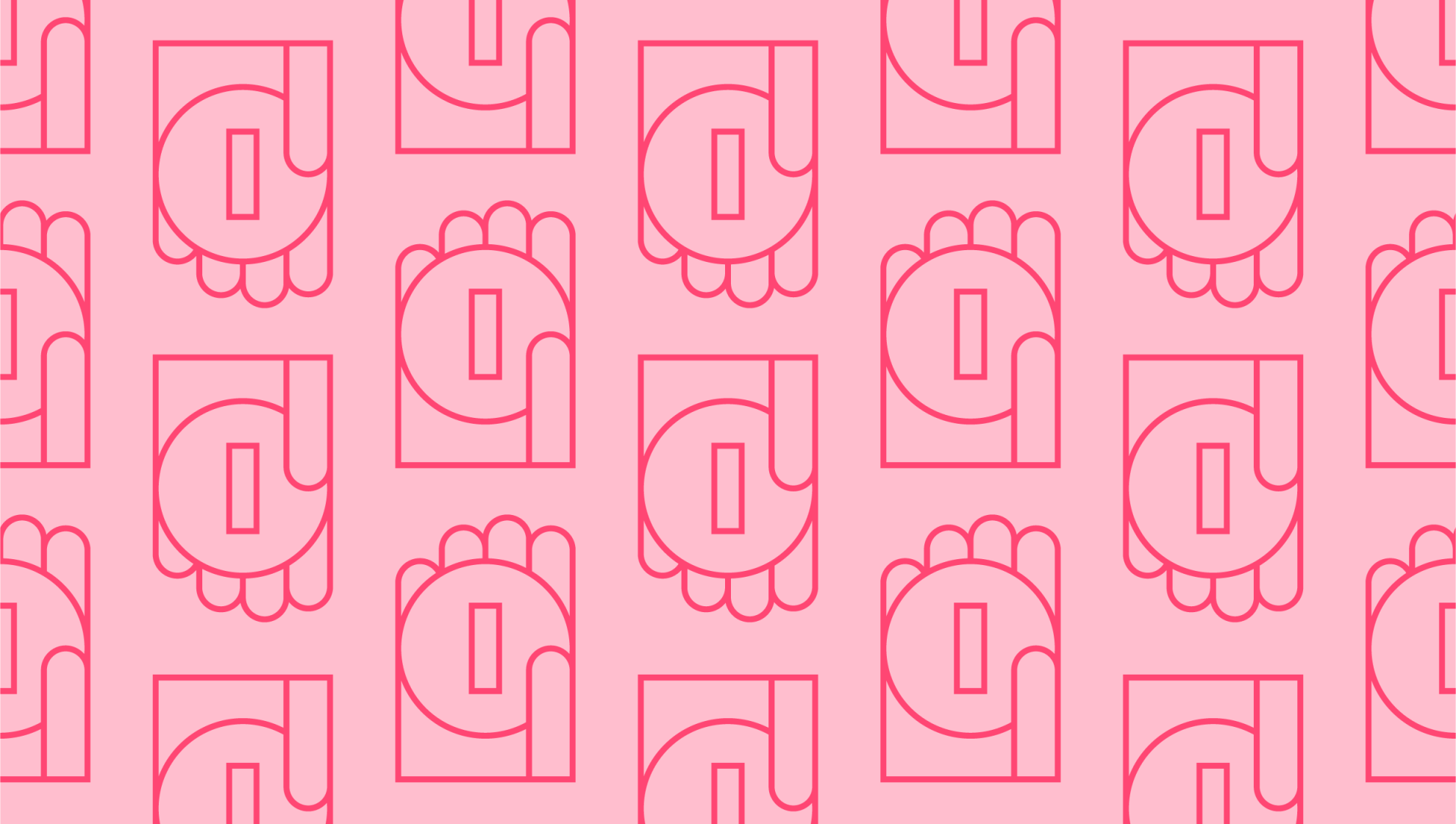Last editedApr 20252 min read
Due to rapid advances in technology and the COVID-19 pandemic, many customers are choosing to make online payments rather than paying with traditional methods such as credit and debit cards. For this reason, companies should find convenient ways to allow their customers to pay online, whether through using digital wallets, cryptocurrency or QR code payments.
QR code mobile payments have become popular in a range of different areas thanks to their convenience and ease of use. For example, even many physical businesses such as restaurants and pubs now offer QR payments to minimise contact between customers and staff. Keep reading to find out more about this important new payment method and how it can affect your business.
What is a QR code payment?
First of all, it’s useful to understand the meaning and origins of the QR code, also known as Quick Response codes. This is a trademarked form of barcode that was created in the 1990s for the Japanese automobile industry, which has since grown to be used in many different contexts. QR codes can be quickly scanned using a smartphone, allowing users to quickly access information or perform other actions.
QR codes for mobile payments have become even more commonplace since the COVID-19 pandemic. They are a fast way for customers to access payment pages, for example by opening a link in a web browser.
How do QR code payments work?
These days, both iPhones and Android smartphones can scan QR codes through the built-in camera, and there is no need to use a dedicated QR code scanning app. In addition, some mobile banking or payment apps allow for QR code processing to make payments or bank transfers.
There are several different ways that QR payment systems may work:
The first and most common way of making QR payments is by the customer using their smartphone to scan the code. This will then take them to a payment page, where the customer will either have to enter their payment details or use a mobile payment solution such as Apple Pay to complete the transaction.
In some cases, the business can scan a QR code on the customer’s phone. This QR code will be provided by a banking or payment app and contains all of the user’s card details, and the retailer’s POS system then uses these to finalise the transaction.
App-to-app payments are also possible. Both the person paying and the recipient should open the relevant app and then the recipient’s QR code should be scanned. The amount to be paid should first be confirmed, then the payment is processed.
Some payment services are now offering options for merchants to accept QR code payments. For example, Square has created a service that allows restaurants to create menus that can be displayed through a QR code on the premises.
What are the advantages of using QR code payment systems?
QR codes are a great way to accept and make payments for various different reasons:
You can easily scan a QR code through either paper or a screen, meaning businesses can display QR codes in a physical format such as through a sticker on a restaurant table, and customers can easily share their QR code through a mobile device.
QR codes store a vast amount of information that is also encrypted. This offers an increased layer of security when compared to traditional payment methods such as debit cards.
In the age of social distancing, QR codes allow customers to make payments without having to interact directly with staff. This reduces contact and makes customers feel safer when they are visiting restaurants or other establishments.
Even after social distancing, QR payment codes allow customers to make payments without having to interact directly with staff. This can improve speed in busy environments like restaurants or other establishments and may increase customer satisfaction.
We can help
GoCardless helps you automate payment collection, cutting down on the amount of admin your team needs to deal with when chasing invoices. Find out how GoCardless can help you with QR code payments, ad hoc payments, or recurring payments.


